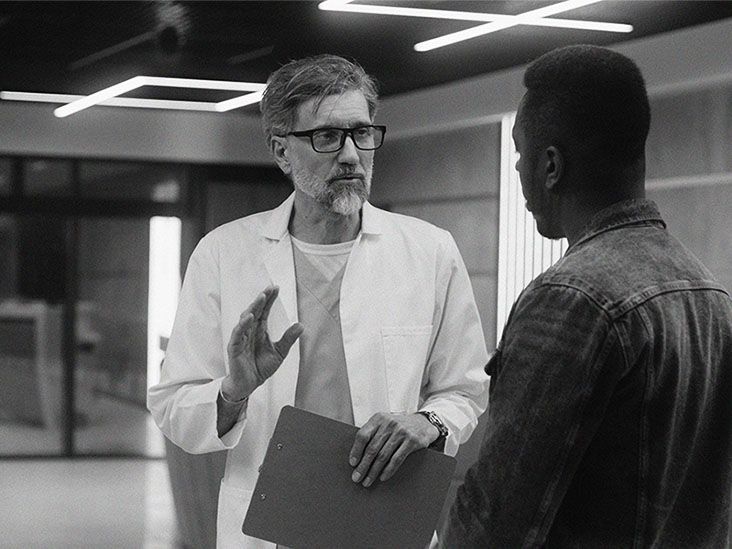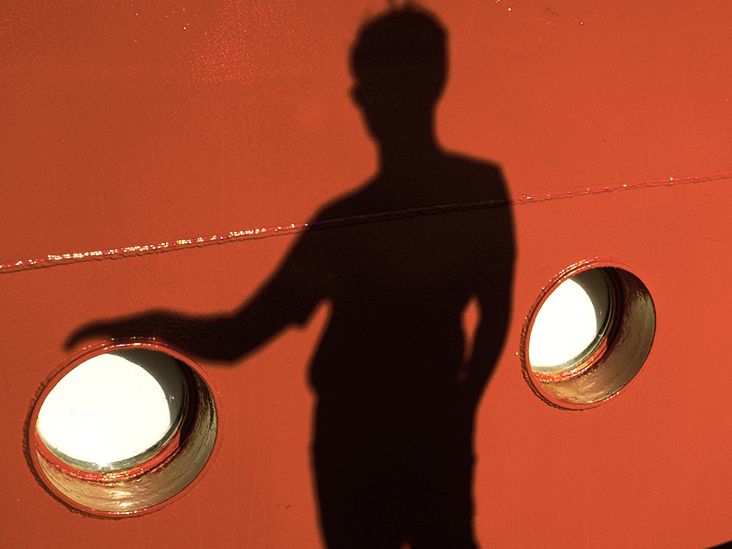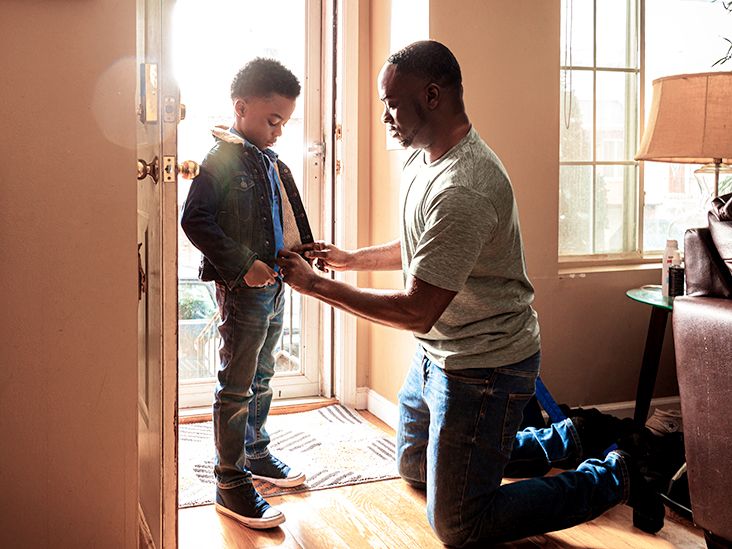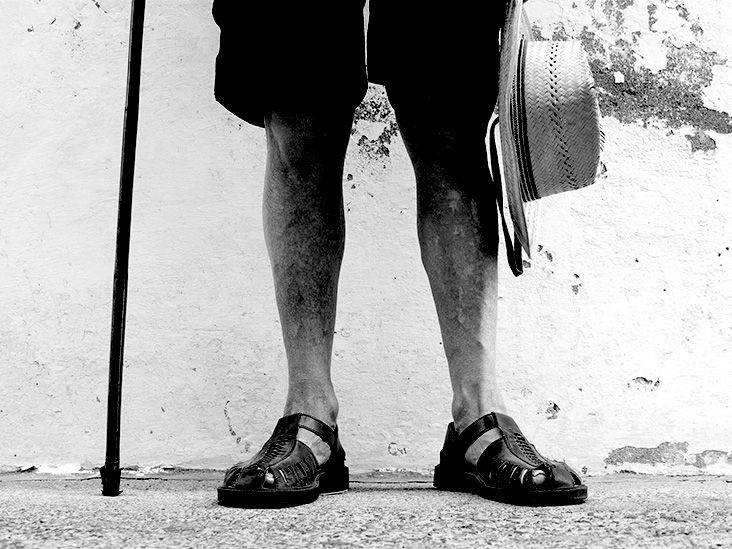Most men hear that testicular cancer mostly hits people in their 20s and 30s, but the truth is a bit more nuanced. You can get it as a teenager, as a senior, or anywhere in between. Knowing the age patterns helps you stay alert, catch the signs early, and boost your chances of a full recovery.
So, if you're wondering "at what age does testicular cancer show up?" the short answer is: the peak is late20s to early30s, yet any age is possible. Let's dive into the details together, because the more we understand, the better we can protect ourselves and the people we care about.
Age Distribution
Average Age of Diagnosis
On average, men are diagnosed around 33years old. This statistic comes from large cancer registries such as the SEER program and the American Cancer Society. While 33 is the midpoint, the real picture spreads across several age groups.
Age Groups Most Affected
- 1535years This is the classic "young men cancer" window where the majority of cases (about 70%) occur.
- 014years Rare, but pediatric cases do happen, representing roughly 2% of all diagnoses.
- 3555years A steady decline after the early30s, yet still a notable segment.
- 55+years About 7% of cases; often diagnosed later because symptoms can be mistaken for other conditions.
How Common Is It?
Testicular cancer is relatively rare overall roughly 1 in 250 men will face it in their lifetime, which is about a 0.4% chance. In the United States there are about 10,000 new cases each year, and the cure rate exceeds 95% when caught early.
Quick Reference Table
| Age Bracket | % of Total Cases | Typical Tumor Type |
|---|---|---|
| 014 | 2% | Mixed germcell |
| 1535 | 70% | Nonseminoma (embryonal, yolksac, choriocarcinoma) |
| 3555 | 21% | Seminoma becomes more common |
| 55+ | 7% | Seminoma dominates |
Why Age Matters
Hormonal Changes & Development
During puberty the testicles are busy producing sperm and testosterone, a period of rapid cell division. This biological fireworks display can sometimes go awry, leading to malignant germcell transformations especially in the 1535 age window.
GermCell Biology
Nonseminomas tend to arise in younger men because they grow quickly from immature germ cells. Seminomas, on the other hand, are slowergrowing and often appear later, which explains the shift we see after age 40.
Expert Insight
Dr.JohnDoe, a urologic oncologist at JohnsHopkins, notes: "The age distribution reflects the underlying biology of germcell tumors. Younger patients usually have a more aggressive histology, but they also respond very well to platinumbased chemotherapy."
Risk Factors Tied to Age
AgeSpecific Risks
- Teens & 20s: Undescended testicle (cryptorchidism), family history, infertility, prior testicular cancer.
- 30s40s: Persistent hormonal imbalances, exposure to certain chemicals (e.g., pesticides), history of testicular injury.
- 50s+: Previous cancer treatment, genetic syndromes (e.g., Klinefelter), weakened immune system.
General Risk Factors
Regardless of age, men of Caucasian descent have a slightly higher incidence, while AfricanAmerican men see lower rates. Lifestyle factors such as smoking and heavy alcohol use may modestly increase risk, though the evidence isn't as strong as for other cancers.
RealWorld Snapshot
Consider Jake, a 28yearold who discovered a painless lump during a routine selfexam. He went to his doctor, got an ultrasound, and started treatment within weeks. Contrast that with Mr.Lee, 62, who noticed a dull ache and swelling only after the tumor had spread to his abdomen. Both cases highlight how age influences both detection timing and symptom perception.
Symptoms What to Look For at Any Age
Core Symptoms (All Ages)
- Painless lump or swelling in one testicle
- Heaviness or dragging sensation in the scrotum
- Sudden sharp pain (often from torsion, but can be related)
- Changes in size or shape of the testicle
AgeFlavored Presentation
Younger men often notice a lump during a shower or after a gym session. Older men might first experience unexplained back pain or a feeling of fullness in the abdomen because the cancer has already spread to lymph nodes.
SelfExam Checklist
- Do it once a month after a warm shower.
- Gently roll each testicle between your thumb and fingers.
- Look for any hard nodules, swelling, or asymmetry.
- If anything feels off, schedule a visit within two weeks.
Early Detection & Diagnosis
When to See a Doctor
Any new lump, persistent pain, or change that lasts longer than two weeks deserves a professional look. Don't wait for the "perfect" time early evaluation can make all the difference.
Diagnostic Pathway
- Physical exam: Your doctor will inspect and palpate the scrotum.
- Scrotal ultrasound: The goto imaging test; it shows whether the mass is solid or fluidfilled.
- Serum tumor markers: Blood tests for AFP, hCG, and LDH help identify tumor type.
- Inguinal orchiectomy: Surgical removal of the affected testicle, which also provides tissue for definitive pathology.
FAQ Featured Snippet Ready
How is testicular cancer diagnosed? Doctors combine a physical exam, scrotal ultrasound, blood tumormarker tests, and often an inguinal orchiectomy to confirm the diagnosis.
Treatment Options (AgeSensitive)
Surgery The First Step
Radical inguinal orchiectomy is the standard for virtually every age group. It removes the tumor and allows accurate staging.
Radiation vs. Chemotherapy
- Seminoma (more common after 40): Often treated with singledose radiation, which has a short recovery period.
- Nonseminoma (dominant in 2030yearolds): Usually requires platinumbased chemotherapy (BEP regimen) after surgery.
Survival & Prognosis
When caught early, the 5year survival rate exceeds 95% across all ages. Even in later stages, modern chemoradiation protocols push survival well above 70%.
Living After Diagnosis AgeSpecific Concerns
Fertility Preservation
For younger men, sperm banking before treatment is strongly advised. A single freezeandthaw cycle can preserve the chance of fathering children later.
Hormone & Sexual Health
Loss of one testicle rarely affects testosterone levels, but some men notice changes in libido or a slight increase in breast tissue, especially after certain chemotherapy agents. Hormone replacement is an option if needed.
Support Resources
Organizations like the Testicular Cancer Society provide survivor stories, counseling, and peersupport groups. Hearing from someone who's walked the same road can make the journey feel less lonely.
Prevention & Ongoing Monitoring
No Proven Primary Prevention
There's no vaccine or lifestyle tweak that guarantees avoidance, but staying vigilant with selfexams and regular checkups dramatically lowers the risk of latestage discovery.
FollowUp Schedule by Age & Stage
- StageI (early): Visits every 34months for the first two years, then annually.
- StageIIIII: More intensive imaging (CT scans) and marker checks every 23months for the first year, then gradually spacing out.
- Regardless of age, most oncologists recommend a lifetime annual physical.
Lifestyle Tips
Maintain a healthy weight, limit smoking, and treat cryptorchidism early (surgery in infancy reduces later risk). These steps won't eliminate the chance of cancer, but they contribute to overall reproductive health.
Conclusion
Testicular cancer most often strikes men in their late20s to early30s, yet it can appear at any agefrom childhood to senior years. Understanding the age patterns, associated risk factors, and early warning signs empowers you to act quickly, and early detection translates into a cure rate above 95%.
Whether you're 18, 35, or 60, regular selfchecks, prompt medical attention when something feels off, and an open conversation with your doctor are your strongest defenses. Share this article with friends, download a selfexam guide, and schedule that checkup if anything seems unusual you've got nothing to lose and everything to protect.
FAQs
At what age is testicular cancer most commonly diagnosed?
The highest incidence occurs in men aged 20‑35, with the average age of diagnosis around 33 years.
Can older men develop testicular cancer?
Yes. Though less common, about 7 % of cases are diagnosed in men over 55, and they often present with different symptoms.
What are the early signs of testicular cancer at any age?
A painless lump or swelling in one testicle, a feeling of heaviness, or a change in size or shape are the most common early warnings.
How does age affect treatment options for testicular cancer?
Younger men with non‑seminoma usually receive platinum‑based chemotherapy after surgery, while older men with seminoma may be treated effectively with radiation or less intensive chemo.
Should I get regular testicular exams if I’m over 40?
Regular self‑exams are recommended for all men. Even after 40, early detection still yields cure rates above 95 %.
Disclaimer: This article is for informational purposes only and does not constitute medical advice. Always consult with a healthcare professional before starting any new treatment regimen.
Related Coverage
Find ways to protect testicular cancer fertility with sperm banking, onco‑TESE and monitoring, keeping future family plans alive....
Learn when testicular cancer age peaks, key symptoms, and how early detection at any age can achieve over 95% cure rates....
Get detailed info on the most common testicular cancer treatment, side effects, fertility options, and recovery expectations....
Orchiectomy recovery: 2‑3 weeks for tasks, swelling eases by week 4. Get a plan for pain control, wound care, and return to work....
Spot vital testicular cancer signs – learn the five key symptoms, when to see a doctor, and a quick self‑exam to catch issues....
Learn how a testicular cancer hereditary family history boosts risk, the main genes involved, and easy steps for early detection....
Explore the latest testicular cancer survival stats, key factors that affect outcomes, and practical steps you can take now....
non-seminoma testicular cancer often shows a painless lump in men 15‑35; learn symptoms, tests, treatment options and cure rates....
Chop and go nutrition meal prep makes eating healthy fast and easy. Do some simple prep on weekends to set up easy meals all week long. Learn tips and ideal foods....








